The first part of this article is a reprint of a forty-year-old article by Howard Frisinger that appeared in Gaṇita Bhāratī, about five years prior to the passing away of R.C. Bose. It is presented here with a supplementary essay by Indranath Sengupta, with the intention of providing a retrospective picture, embellished by illustrative images from his life.
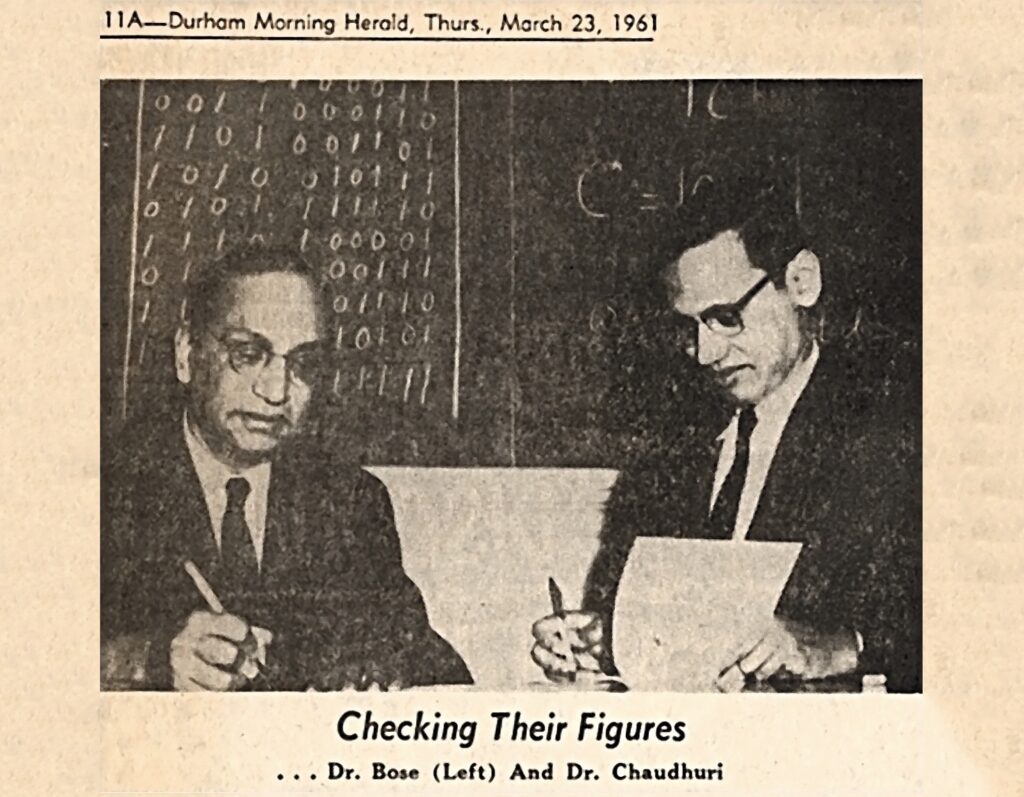
The great Bengal renaissance took place during the late eighteenth to the early twentieth century, which marked the awakening of new thoughts in almost all spheres of intellectual pursuits. This period witnessed the birth of several great institutions like Hindoo College (later named as Presidency College, and now known as the Presidency University) in 1817, Bengal Engineering College (initially the Civil Engineering College) in 1856, Calcutta University in 1857, Indian Association for the Cultivation of Science (IACS) in 1876, department of Pure Mathematics in Calcutta University in 1912, Rajabazar Science college in Calcutta University in 1914, Indian Statistical Institute in 1931, to name a few. Calcutta (now Kolkata) was buzzing with the presence of great intellectuals and luminaries during this time. It was in the heart of such rich cultural ambience that the brilliant career of Raj Chandra Bose blossomed.
H. Howard Frisinger1
One of the results of the mathematical explosion of the 20th century has been the specialization of mathematical research, and the almost complete disappearance of the universal mathematician; those mathematicians who, like Carl Gauss and David Hilbert, were able to make significant contributions in several areas of mathematics. Such mathematicians are not completely extinct, however, as is exemplified by Raj Chandra Bose.
Raj was born in Hoshangabad on June 19, 1901, to Protap Chandra Bose, a military doctor, and Ushangini Mitra Bose, Protap’s second wife, his first having died childless. He spent his early life in Rohtak, some fourteen miles from Delhi. Protap was a strict disciplinarian and expected Raj to be at the top of his class in each subject. This, Raj was usually able to do. Once, in the eighth grade, however, Raj became ill while taking the mid-term examination in geography. This caused him to place only second in this class. Protap was very angry with his son’s performance and ordered him to learn Sohan Lal’s Geography of the World, (a 200-page book) by heart. By memorizing five pages per day, Raj was able to complete the task in less than two months, being able to repeat the entire book almost verbatim. It should be noted that both father and son had photographic memories, which certainly contributed to Raj’s later success as a mathematician. Raj recently demonstrated this exceptional gift by repeating to me a poem he learned some seventy years earlier in the third grade, starting on what page of the book the poem was located, and on what part of the page it started.
While Raj always enjoyed mathematics, and he recalls in grade nine becoming very interested in hyper-space geometry, he also enjoyed other areas of science. In addition, the study of Sanskrit literature gave Raj a great deal of pleasure. This study, which he continued throughout most of his life, has made him very proficient in Sanskrit literature. He can still repeat from memory substantial portions of the Kumārasambhava of Kalidasa.
Raj wanted to attend Punjab University, unfortunately, he fell sick with influenza at the time of the university’s matriculation examination, and consequently narrowly missed a university scholarship. Again he faced disappointing his father. As he could not afford to attend Punjab University without a scholarship, Raj instead entered the Hindu College at Delhi in April 1917.
Raj recalls that the first two years of college were some of the happiest times of his life. New horizons in mathematics and science were opening up to him. Not only these areas, but courses in Sanskrit literature, and Hindu religion and culture were a great joy to him. This idyllic part of Raj’s life came to a sudden end when in October 1918, his mother died, a victim of the great influenza epidemic which swept the world near the end of the first world war. The next seven years became a period of great trial and privation for Raj and his family.
Protap, who was in his early sixties, never fully recovered from his second wife’s death. Raj was able to provide his father with one last source of satisfaction by placing first in the Punjab University intermediate examination in 1919. However, shortly after this, Protap died of a stroke in January 1920.
By supplementing his scholarship income by tutoring, and later teaching in a high school, Raj was able to barely support his brother and two sisters and at the same time continue his education. He received a B.A. Hons. from Punjab University in 1922, an M.A. in applied mathematics from Delhi University in 1924, and an M.A. in Pure Mathematics from Calcutta University in 1927.
At Calcutta University, Raj came under the tutelage of Shyamadas Mukherjee, an excellent geometer. Mukherjee recognized the great potential of his student, and proceeded to help Raj in every way he could. Raj did not let his mentor down, standing first in the first class in the M.A. examination in Pure Mathematics in 1927, and also winning the University and the Keshalilal Mallik gold medals. In addition, Raj had published three papers in Hyperbolic Geometry and Four-dimensional Euclidean Geometry. The world of mathematics owes a great deal to Professor S. Mukherjee. He was a dedicated teacher, and it was from him that Raj learned the spirit of mathematical research. The kindness, encouragement, and stimulus Professor Mukherjee provided had, in Raj’s words, “a profound influence on my mathematical career’’.
The last third of 1923 was a pivotal period in Raj’s life. In September, Raj married Sandhya Kumari Datta. For nearly fifty years Sandy has been Raj’s constant companion and helper. He acknowledges that his very fruitful career has been due in large parts to Sandy’s faithful support.
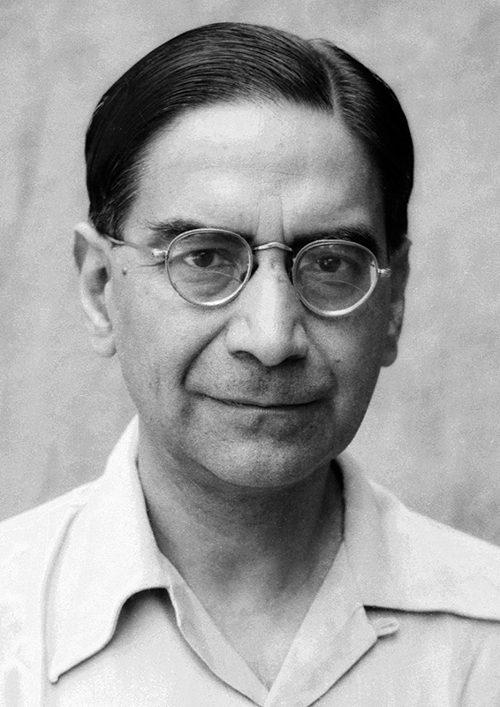
Bose and Roy became the two chief mathematicians in the institute. Each summer Mahalanobis would select one statistical topic. It was the duty of Bose and Roy to master the topic, read all the important papers, and give lectures to the other junior members of the staff. Within a few years, the two chief mathematicians had become well-grounded in statistics. Realizing how good Bose and Roy were, Mahalanobis, in 1935, persuaded both to work full-time for the institute.
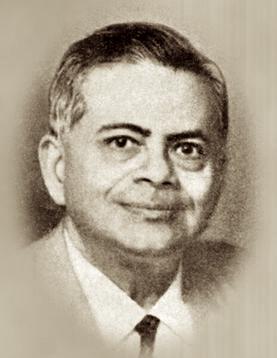
During the same period in 1938, the silver jubilee of the Indian Science Congress was being celebrated. In connection with this jubilee, the then-leading statistician in the world, R.A. Fisher came to the institute as a visiting professor. At that time Fisher was interested in the study and construction of patterns called statistical designs, to be used in statistically controlled experiments. To Bose and the other members of the Institute, Fisher posed a series of problems arising out of this study. It occurred to Bose that he could successfully use the theory of finite fields and finite geometries, which he was then studying and teaching, as tools for the construction of designs. When he told this to Fisher, Fisher replied, “Young man, do you think it is really so?’’ Bose said “Let me try’’. Bose was able to solve one of Fisher’s problems during his stay at the Institute. When young Bose informed Fisher of his solution, Fisher was at first sceptical and made Bose present his solution at the end of one of the seminars Fisher was giving. Undaunted, Bose presented his solution and Fisher’s scepticism gave way to approbation. Fisher requested Bose to develop his methods systematically and send Fisher a paper which he promised to publish in the Annals of Eugenics of which Fisher was Editor. This resulting paper on “The construction of balanced incomplete designs’’ in 1939 has become a classic paper. Here, Bose was making a switch in his work towards design theory and other combinatory problems, and much of his efforts over the next ten years were devoted to this type of problems.
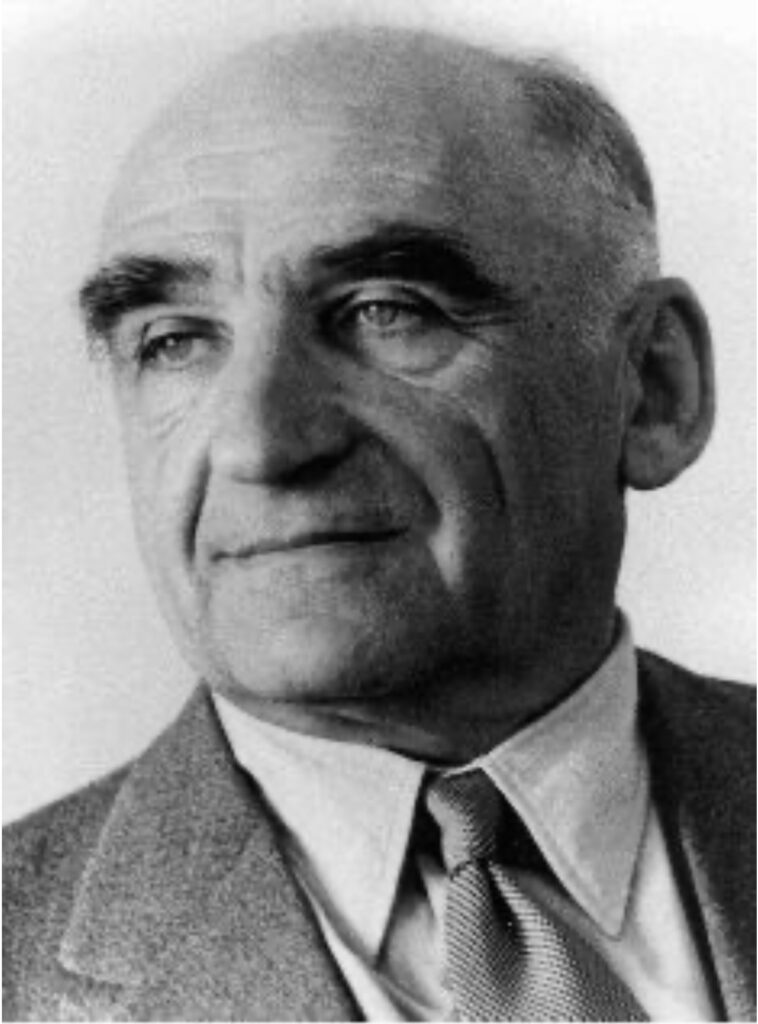
One of Bose’s major contributions to mathematics and statistics came from his starting and leading students in their research. Many of these prodigies, such as K. Kishen, C.R. Rao, and S.N. Roy later became noted mathematicians and/or statisticians. C.R. Rao, in particular, who later became the director of the Indian Statistical Institute after Mahalanobis’ retirement, is now a world-famous statistician. Bose was not just a gifted researcher, but also an inspiring teacher.
In 1945, Mahalanobis relinquished the headship and Bose became the head of the Department of Statistics at Calcutta University. He also continued his part-time work at the Institute. Bose now determined to rectify a situation that otherwise would hamper his work at the University. Although his research was well recognized by now he did not have a doctor’s degree. The university authorities informed him that such a degree was necessary for him to get full professorship. Therefore, Bose in 1947 submitted his many published papers together with an introduction reviewing his work in multivariate analysis and design of experiments as a doctoral thesis for the degree of D.Litt. Among his “examiners’’ was R.A. Fisher. Bose obtained the D.Litt.
In the spring of 1948, Bose received an offer from the University of North Carolina to accept a full professorship. He also received a similar offer from the University of Illinois. To make his decision more difficult, Raj was also offered two tempting positions in India: the Assistant Directorship of the Institute of Statistics, and the Hardinge Professorship and Head of the Department of Mathematics at the Calcutta University. After a great deal of soul searching, Bose decided to accept the University of North Carolina offer.
Why did Bose decide to move to America? Bose was 48 years old and felt that he had many good years of research left. The two Indian offers would have involved a great deal of administrative work which would have seriously hampered his research efforts. Bose opted for research and joined the University of North Carolina as Professor of Statistics in March 1949. In his own words, “I have never regretted this decision.’’
The 22 years that Bose spent at Chapel Hill were some of the most fruitful and happy years of his life. In April 1950, S.N. Roy, Bose’s former student and best friend, joined the statistics staff at the University of North Carolina. They helped form a small but very gifted and productive Department of Statistics. Like Bose, many of these statisticians later became members of the U.S. National Academy of Science. Had he not died in 1964, Bose firmly believes that Roy would have joined this select membership. As in India, Bose was able to attract excellent students, both American and Indian, to work under him. Many of these prodigies have gone on to distinguished careers throughout the world.
From 1949 through 1954 Bose concentrated on perfecting his design of experiments theories. In 1955, Bose developed an interest in coding theory. Upon investigation, Bose realized that he could apply his factorial design methods to the new theory. This culminated in 1960 in the discovery, in collaboration with his student Ray-Chaudhuri, of the now well-known Bose–Chaudhuri codes; later these codes became known as the BCH codes where H stood for the French mathematician Hocquengham who independently also discovered the codes. For nearly 15 years no better codes were known.
At this time in 1959, Bose, in collaboration with two other mathematicians, made another famous discovery. This was the solution to the two-centuries-old problem proposed by the great Swiss mathematician Leonhard Euler. In 1782, Euler proposed the following conjecture: There does not exist a pair of orthogonal Latin squares of order n=4k+2 for any positive integer k. Many attempts were made to prove or disprove this conjecture, but it was not until 1959 that Bose, his student S.S. Shrikhande, and E.T. Parker were able to prove the conjecture false.2
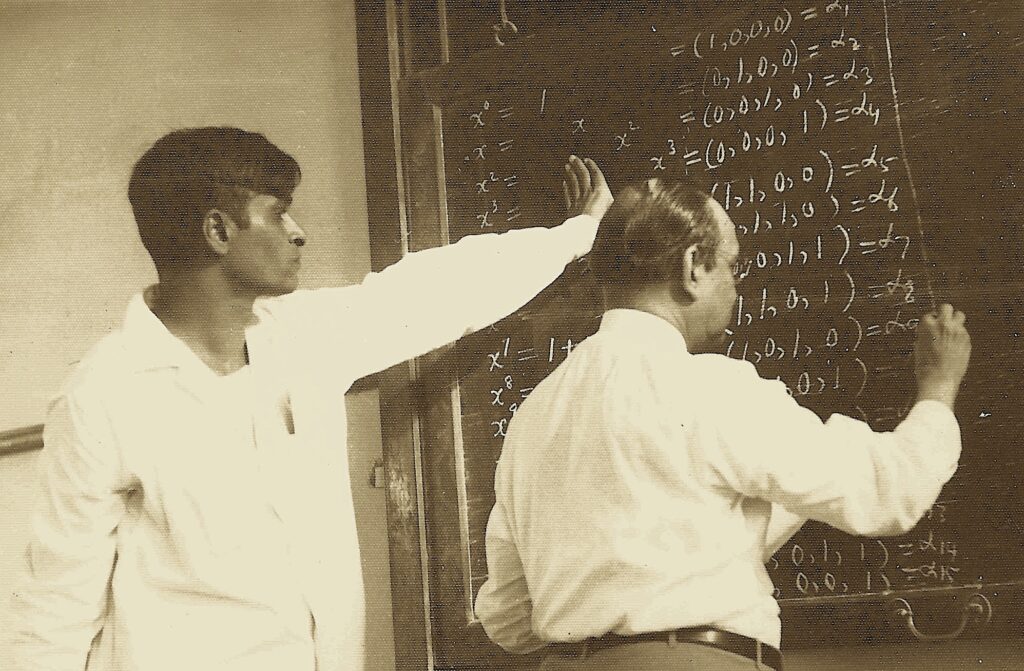
- Design of experiments;
- Coding theory;
- Projective planes; and
- Connections between design and graph theories.
From 1966–1971, Bose held the chair of Kenan Professor at the University of North Carolina. In August 1971, Raj retired from the U.N.C. at the age of 70. “Retired’’ is a misnomer as Bose accepted the position of Professor of Mathematics and Statistics of Colorado State University where he remained actively engaged in teaching and research until his second retirement in 1980.
How does one summarize the vast achievements and contributions of such a universal mathematician? Bose has published over 140 papers in a half-dozen different areas of mathematics and statistics. In 1981, his 29th Ph.D. student completed his work. He has given invited talks throughout the world at international meetings and conferences, and been on the editorial boards of five journals. Bose has been the recipient of many rewards and honours. In September 1971, an international symposium on combinatorics was held in Fort Collins in honour of Bose’s 70th birthday. The Association of Indians in America selected Bose as one of the five persons to have received the awards at their first Honor Banquet in 1973. In December 1974, the Indian Statistical Institute gave him an honorary D.Sc. Degree. Bose also served as the President of the Institute of Mathematical Statistics (1971–72). Then in 1976, the United States gave Bose the highest honour that it can bestow on an American scientist by making him a member of its National Academy of Sciences.
While at least in America the “universal’’ mathematician seems to be vanishing, Raj Chandra Bose remains a counter-example. His outstanding career remains for us a standard of what still can be achieved by persons of ability and drive, and a living example of the possible universality of the human mind.
Indranath Sengupta
Bose in Calcutta; 1925–1948
Raj Chandra Bose’s decision to come to Calcutta in 1925, to do a second M.A. from the Department of Pure Mathematics at Calcutta University, turned out to be a very timely and wise decision for various reasons. He came in close contact with several important academicians who helped in giving shape to Bose’s academic career, the most notable being Shyamadas Mukhopadhyaya, F.W. Levi, P.C. Mahalanobis, R.A. Fisher and Harold Hotelling, to name a few.
Shyamadas Mukhopadhyaya taught Bose during his M.A. days, and this left a deep and lasting effect on his mathematical career. Bose co-authored two papers with Mukhopadhaya, the first one on hyperbolic triads in 1926 and the second one on triadic equations in hyperbolic geometry in 1927. In addition, he wrote nine more important works in geometry during the period 1926 to 1937, all of which were published in the Bulletin of the Calcutta Mathematical Society.
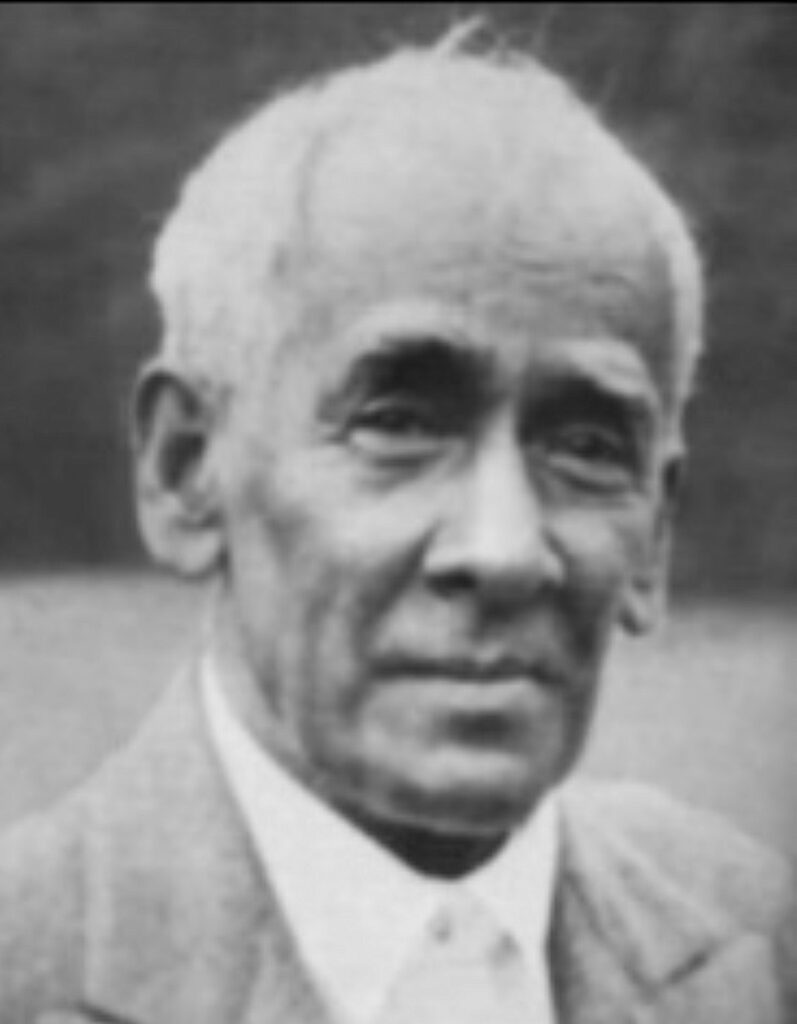
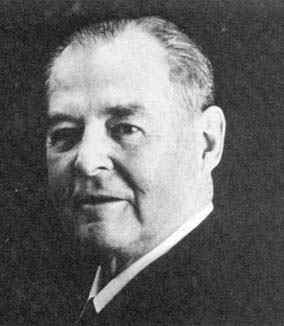
Another influential person in Bose’s career was Harold Hotelling, who visited ISI in 1940 as Visiting Professor at the Institute. He took a keen interest in the research work of Bose and Roy on Multivariate Analysis and promised to invite them to Columbia University, USA. This was indeed the beginning of Bose and Roy’s migration to the USA.
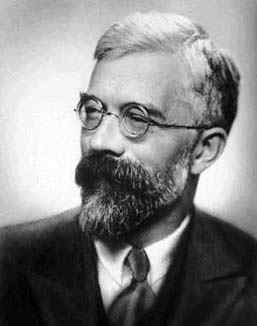
Bose received an invitation to visit and lecture at Columbia University, USA, from Abraham Wald, and another invitation from Harold Hotelling to visit and lecture at the University of North Carolina, Chapel Hill, USA. Bose took a year’s leave from Calcutta University to visit these two places and several other famous US universities including Princeton and Yale. Before leaving for the USA, Bose submitted his thesis for a D.Litt degree. Bose writes (see [1]) “The University allowed me to put up a D.Litt thesis directly (skipping the Ph.D., which ordinarily must be obtained before D.Litt). I therefore submitted my published papers, together with an introduction reviewing my work in multivariate analysis and design of experiments, as a doctoral thesis for the degree of D.Litt. in 1947.’’ The examiners included Ronald Fisher and John Wishart.
Coming into contact with Mahalanobis perhaps directly or indirectly influenced Bose to explore different facets of life outside mathematics and statistics, further impacting his keen sense of observation, and towards developing a broader perspective of life. Bose was a sufficiently informed scholar of Tagore, having read most of his books, and Mahalanobis’ close personal friendship with Tagore afforded Bose the privilege of meeting Tagore in person on several occasions. The following quote (see [1]) from an interesting conversation between them reveals an attribute of Bose as an engaging conversationalist:
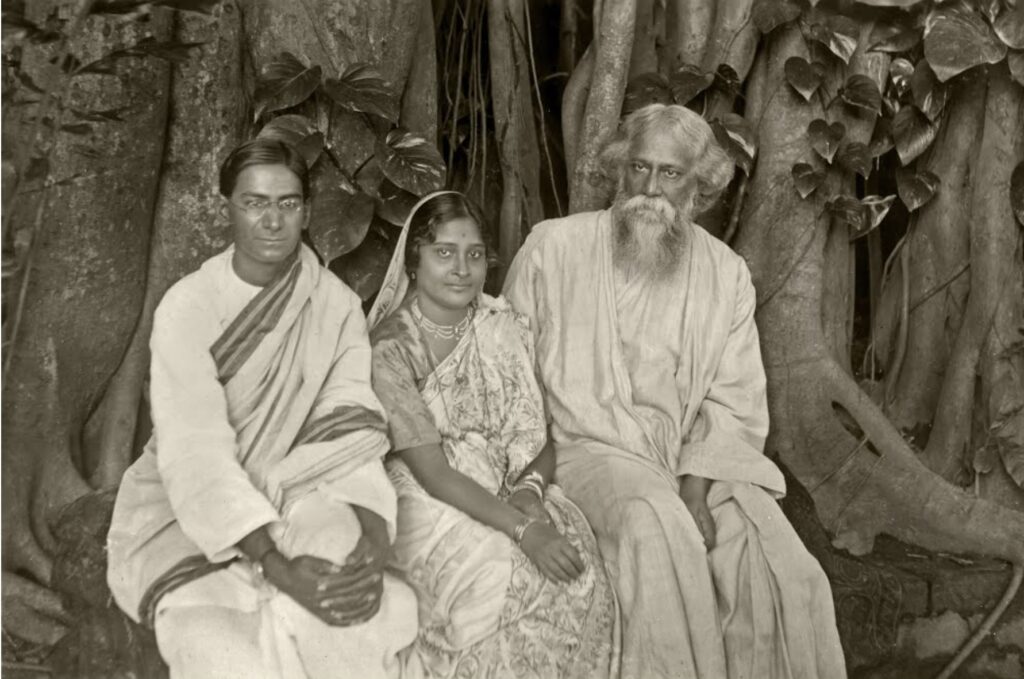
Mahalanobis’ annual ritual of moving to a hill station, together with minimal staff to beat the summer heat of Calcutta, and to a property he owned in Bihar during puja vacations, where he also worked, took Bose to Darjeeling in 1933. This may have played a role in Bose later turning into an avid hiker of mountains and a seasoned traveller. Bitten by the travelling bug, he and his wife made it a regular habit of touring across India near the venues of annual science congresses to which they used to go. With travelling, he cultivated a serious interest in Indian art, architecture and history that stayed with him all through his life.
Below is a list of papers by Bose, published in the Bulletin of the Calcutta Mathematical Society, from 1926 to 1947.
- R.C. Bose and S. Mukhopadhyay, General theorem of cointimacy of symmetrics of a hyperbolic triad, Bull. Cal. Math. Soc. 17(1926), 39–54.
- R.C. Bose, New methods in Euclidean Geometry of four dimensions, Bull. Cal. Math. Soc. 17(1926), 105–140.
- R.C. Bose and S. Mukhopadhyay, Triadic equations in hyperbolic geometry, Bull. Cal. Math. Soc. 18(1927), 99–110.
- R.C. Bose, The theory of associated figures in hyperbolic geometry, Bull. Cal. Math. Soc. 19(1928), 101–116.
- R.C. Bose, A note on the convex oval, Bull. Cal. Math. Soc. 26(1935), 55–60.
- R.C. Bose, A theorem on the non-Euclidean triangle, Bull. Cal. Math. Soc. 26(1935), 69–72.
- R.C. Bose and S.N. Roy, Some properties of the convex oval with reference to its perimeter centroid, Bull. Cal. Math. Soc. 26(1935), 79–86.
- R.C. Bose and S.N. Roy, A note on the area centroid of a closed convex oval, Bull. Cal. Math. Soc. 26(1935), 111–118.
- R.C. Bose and S.N. Roy, On the four centroid of a closed convex surface, Bull. Cal. Math. Soc. 26(1935), 119–147.
- R.C. Bose, Theory of skew rectangular pentagons of hyperbolic space. Derivation of the set of associated pentagons, Bull. Cal. Math. Soc. 28(1936), 159–186.
- R.C. Bose, A note on the osculating circles of a plane curve, Bull. Cal. Math. Soc. 29(1937), 29–32.
- R.C. Bose, Some new series of balanced incomplete block designs, Bull. Cal. Math. Soc. 34(1942), 17–31.
- R.C. Bose, A note on two series of balanced incomplete block designs, Bull. Cal. Math. Soc. 35(1943), 129–130.
- R.C. Bose, S. Chowla and C.R. Rao, On the integral order (mod p) of quadratics x^2+ax+b, with applications to the construction of minimum functions for GF(p^2) and to some number theory results, Bull. Cal. Math. Soc. 36(1944), 153–174.
- R.C. Bose and S. Chowla, On the construction of affine difference sets, Bull. Cal. Math. Soc. 37(1947), 107–112.
Bose’s decision to leave India and join the Department of Mathematical Statistics, the University of North Carolina at Chapel Hill, as a full Professor in the year 1949 was quite a bold decision. Bose was offered the Hardinge Professorship and the headship of the Department of Mathematics at Calcutta University. This was on Levi’s recommendation to the Vice-Chancellor. In addition, Mahalanobis offered him the assistant directorship at ISI. However, Bose took the decision to accept the Chapel Hill offer at the age of 47 because he did not wish for a premature end to his research activity, which he felt could suffer due to heavy administrative responsibilities at ISI. He wanted an atmosphere conducive to good teaching and research. Roy’s joining Chapel Hill as a full Professor in the same department in 1950 facilitated the continuation of their fruitful collaboration.
Life in the US
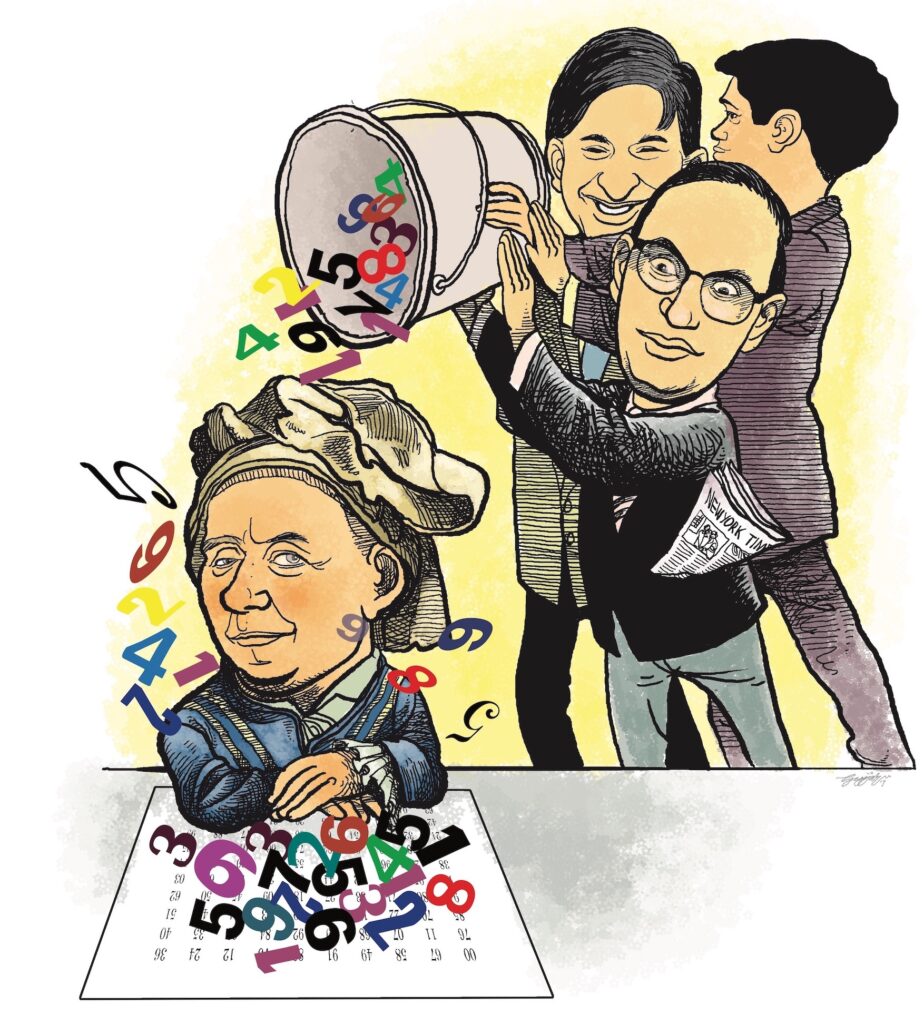
Bose was awarded D.Sc. honoris causa by ISI in 1974, in recognition of his work on coding theory and Euler’s conjecture, and has been recognised as a distinguished combinatorial mathematician. Another Indian student of his was J.N. Srivastava, who furthered his work on designs. The R.C. Bose Centre for Cryptology and Security was created at ISI Kolkata a few years back, which “acts as a national hub for cryptographic requirements, cutting-edge research activities and indigenous capacity building in all relevant fields of study.”4
Even after spending nearly half of his life in the US, perhaps Bose never ever drove a car—an essential aspect of life in the US. It was his wife Sandhya, his constant companion, who learnt to drive a car, and would always ferry him between work and home. The travelling bug now took them all over the US and Europe by car, during which they developed an especial taste for French and Italian cuisine. They visited Europe almost every summer, reconnected with old friends, visited almost all of the famous art galleries of the world, to the extent that he was proud to think of himself as an amateur historian and art critic who had discerningly leafed through a substantial collection of books on art and history at their home. One of their visits to Europe took them to see Professor and Mrs. Levi at their home in Freiburg in Germany, where they had settled after his retirement.
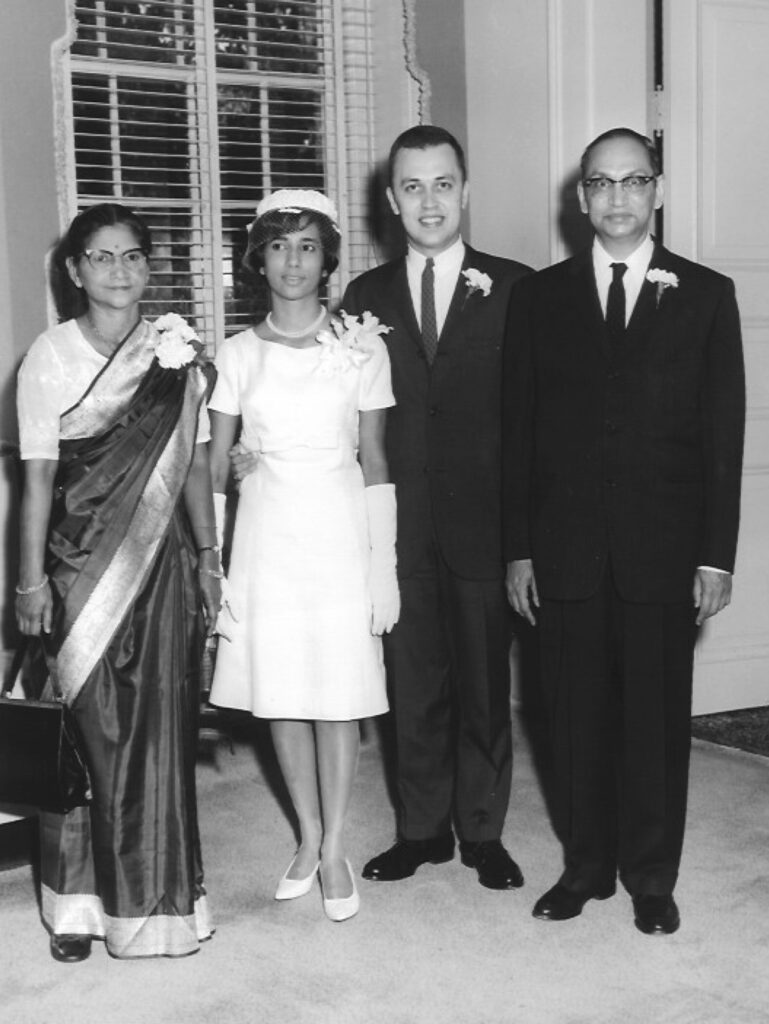 |
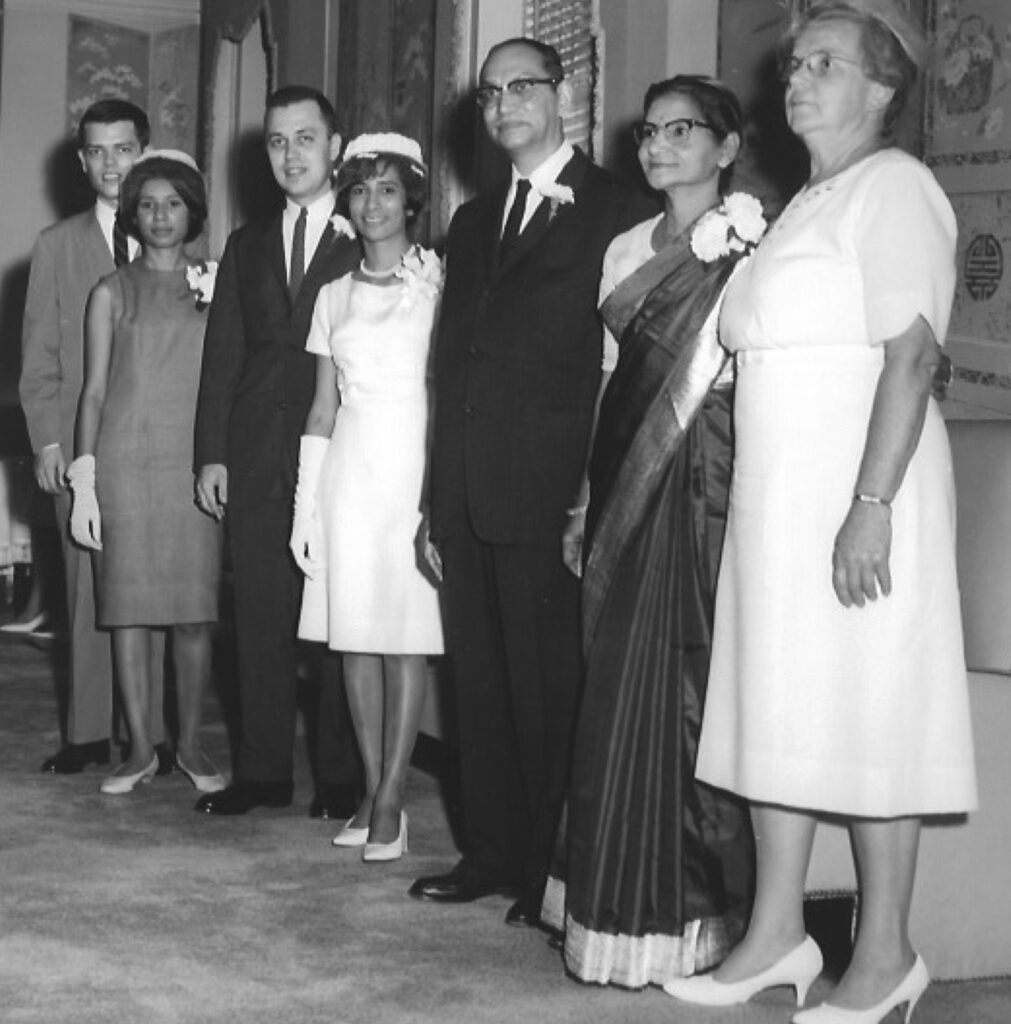 Sipra Bose Johnson |
Writing about the caring presence of his wife all through their life together, that afforded him the luxury of immersing himself completely in the world he revelled in—mathematics and reading, this is what Bose says (see [2]): “Without my wife’s help and company, I would not be the man I am’’. The couple had two daughters, Purabi (born in 1934) and Sipra (born in 1938). Talking about Bose’s amazing photographic memory, his daughter Sipra Bose Johnson recalls (in a communication to the Bhāvanā team, by email):
Bose’s elder daughter Purabi Bose Schur communicated with the Bhāvanā team and wrote in her personal email:
You must know that there is a R.C. Bose Centre for Cryptology and Security in Kolkata. They may have biographical material about my father, including pictures of him at various Indian Statistical Institute functions.
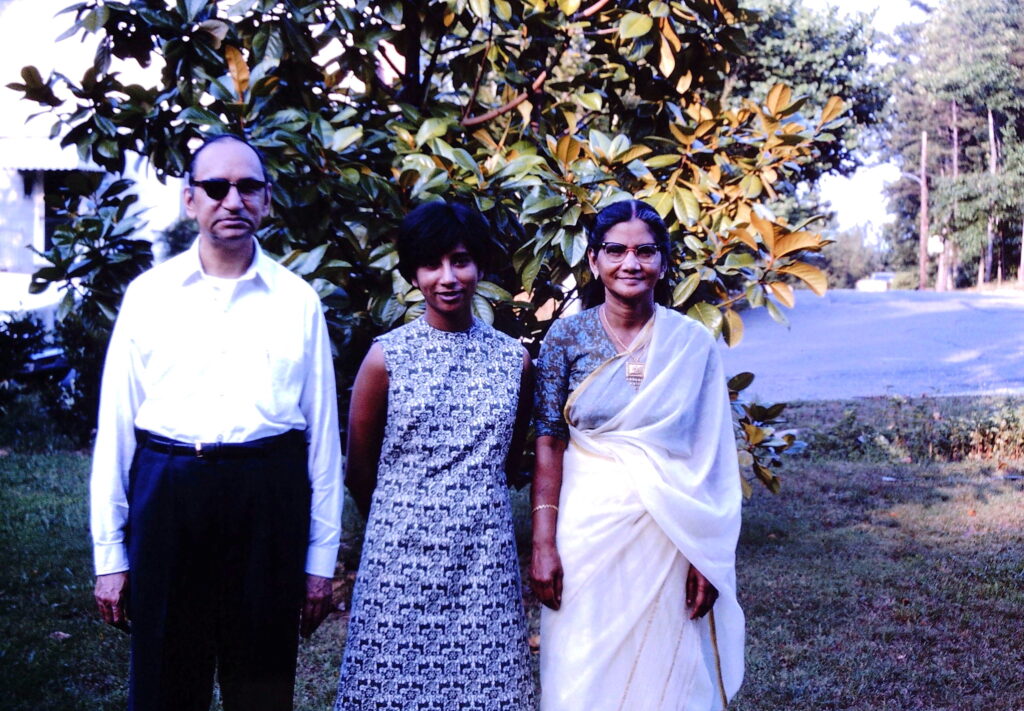 |
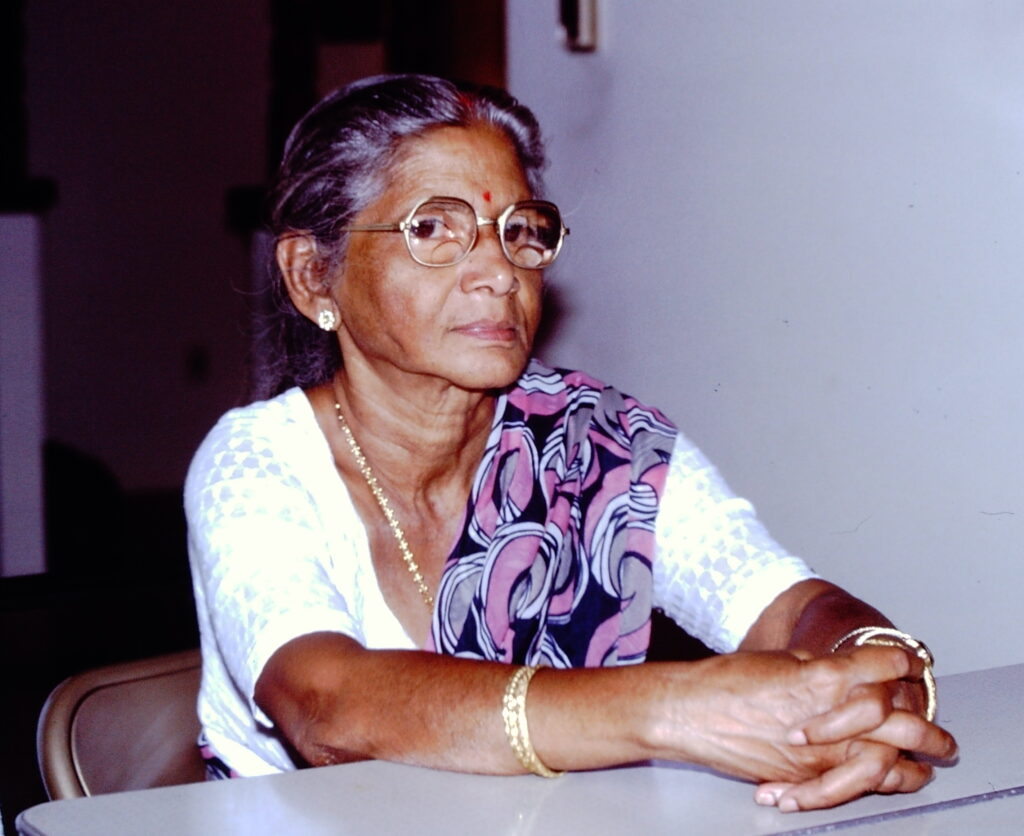 |
The universality of his sharp mathematical acumen apart, the non-mathematical side of his life too was universal in the sense that the couple had an active social life, entertaining a lot of guests at their home. Friends and academicians closely associated with him enjoyed being in his warm company and paid rich tributes at the time of his sad passing on October 31st, 1987 in Colorado, USA. One obituary note (see [4]) concludes as follows:
J.N. Srivastava’s recollection5 in his obituary note, is a moving account of some of Bose’s final moments:
In spite of the above, he was that day in a very light and joking mood. He argued with his visitors on many points in a charming way. When informed that Diwali celebrations were held the day before, he doubtfully inquired, “How come it came so early this year?’’. We explained that Diwali was actually a few days later.
He had a copy of the Gita near him. I offered to talk about it to him. He accepted, but he said the Gita alone won’t be enough, and that I should bring some of his papers from his home, so he could work on them!
He had thus ensured that he kept the Gita and his papers close to him even at the time of his journey to eternity. \blacksquare
- [1] R.C. Bose, My reminiscences of the Indian Statistical Institute.
- [2] R.C. Bose, Autobiography of a Mathematical Statistician, 1982.
- [3] Award of the Degree of Doctor of Science (D.Sc.) Honoris Causa, Indian Statistical Institute, Special Convocation 1974.
- [4] Norman R. Draper, Obituary: Raj Chandra Bose, J. R. Statist. Soc. A (1990) 153, Part 1, pp. 98–100.
Footnotes
- This article was originally published in Gaṇita Bhāratī with the title “Raj Chandra Bose: Universal Mathematician’’, Vol 4, Nos. 3–4(1982), 83–89, and is republished here with the permission of the Indian Society for History of Mathematics, Delhi. ↩
- See Howard H. Frisinger, “The solution of a famous two-centuries-old problem: The Leonhard Euler-Latin square conjecture’’, Historia Mathematica, 8 (1981), 56–60. ↩
- Bose has written an interesting historical survey of the development of combinatorics for the Encyclopaedia Britannica (Vol. 4). ↩
- See https://www.isical.ac.in/~rcbose/index.html. ↩
- The link to this recollection is: https://www.saada.org/item/20161027-4767. ↩
